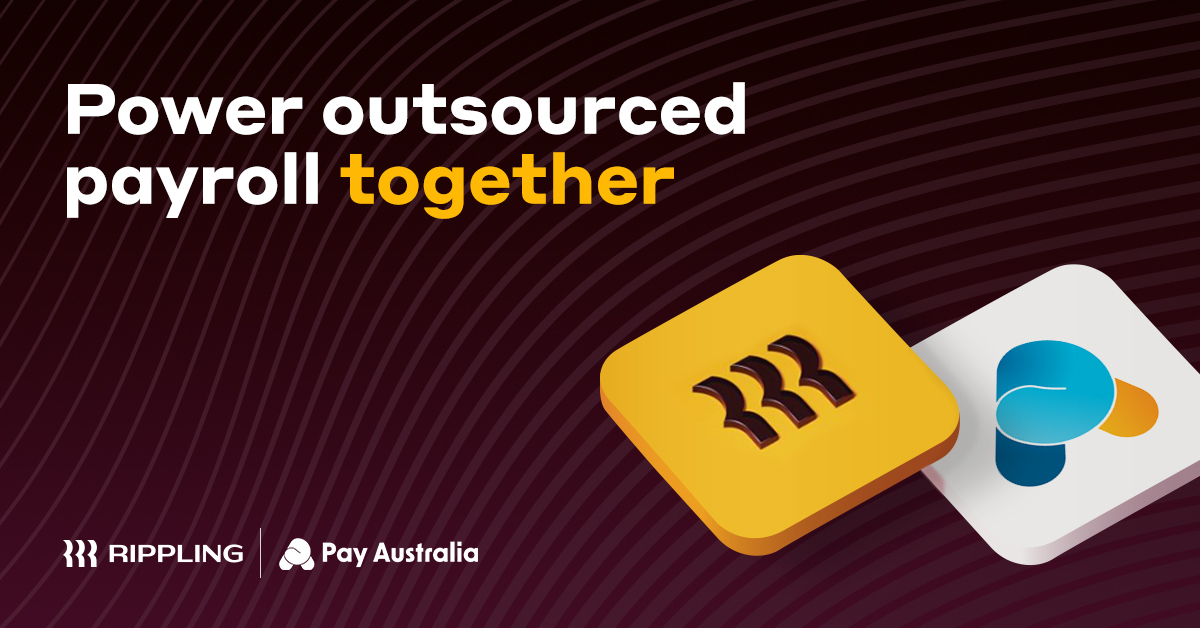In 2025, workers still want control over where and when they work. However, many employers are heading in the opposite direction, pushing harder for more structured in-office expectations.
The gap between employer and employee expectations is widening, with no signs of narrowing anytime soon.
Our latest Workforce Dynamic Report shows the extent of this ‘great workplace realignment’, with 34% of Aussie workers saying they would reconsider joining a company that doesn’t offer hybrid options. At the same time, our previous research shows 57% of employers say they’re less likely to hire someone who won’t come into the office. That’s a pretty big mismatch, and the gap is becoming a business problem. People are disengaging, turnover is rising, and trust is becoming harder to maintain.
In this article, we unpack where the friction is coming from, and how businesses can manage it without losing your team (or your mind).
Return-to-office (RTO) pressure is growing
Over the last year, more companies have started pushing people back into the office. Some are going all-in on full-time. Others are quietly tightening the rules by asking for more face time, fewer WFH days, or setting fixed team days.
From the employer's side, the thinking’s clear. In-person time helps with collaboration, culture, and keeping teams connected. That’s what many leaders are aiming for. The problem is, Australian employees have become all too used to flexible working policies, and for many, it’s a non-negotiable.
According to our latest research, more than one in three workers said they’d think twice about joining a company that didn’t offer hybrid work. And 53% said family-oriented flexibility, things like flexible hours or paid parental leave, is their top priority when it comes to benefits. That number jumps even higher for women.
So, when a company pulls back on flexibility, people notice. And in a market where talent is still hard to find, those decisions can cost you good people.
There’s also a mismatch between what’s written down and what actually happens. Some companies say they support flexibility but don’t follow through. While some businesses say they offer flexibility, the everyday reality often tells a different story, with policies inconsistently applied or unevenly communicated,
This kind of inconsistency can erode confidence and clarity, which are critical for retention and morale. And it’s one of the reasons we’re seeing drops in engagement and rising turnover, especially among younger workers who now expect flexibility as the norm, not a perk.
Thinking about changing your office policy? Now’s the time to be really clear about what’s changing, why, and how it connects back to the work you’re doing.
Industrial relations (IR) reform and compliance are adding pressure
If return-to-office debates weren’t tricky enough, industrial relations (IR) changes are throwing more into the mix.
The Right to Disconnect is now law. But most companies haven’t caught up. According to our Workforce Dynamic Report, only 26% of workplaces have a formal policy in place. That means the rest are either scrambling to figure it out, or ignoring it completely. Neither is a great option.
And this isn’t the only IR shift on the radar. Depending on how the federal election plays out, we could see even more reforms coming. Things like 'Closing Loopholes' provisions and tighter rules around rostering and communication. If your business isn’t prepared, things could get messy.
Some employers are already changing course. One in three businesses told us they’re exploring international hiring to avoid domestic IR headaches. That includes everything from shifting talent offshore to hiring contractors in other countries. It goes beyond cost these days. It's now also, and largely, about flexibility, control, and avoiding red tape.
While this is no cause for panic, it does call for businesses to pay attention. Rather than waiting until the rules change or until a penalty is issued, businesses should plan ahead to avoid financial and reputational consequences down the line.
This is where having the right systems matters. If your HR and payroll setup isn’t built to handle different rules across states or countries, now’s the time to upgrade. You need to track hours properly, store agreements, manage comms, and stay compliant without battling multiple systems, or worse, spreadsheets.
Rising costs are changing what flexibility means
In 2025, the cost of living is front and centre for most Australians. Rent is up. Groceries are up. Fuel is through the roof. And for a lot of people, going into the office five days a week means losing money, not just time.
Think about the costs. There's commuting, parking, childcare, and takeaway lunches. It adds up fast. That’s why, for many workers, hybrid work goes beyond convenience. For many, it has become financially necessary.
The International Monetary Fund (IMF) puts a number on it. They say hybrid work delivers the same value as an 8% pay rise. Not because people are working less, but because they’re saving hours of unpaid time and hundreds in weekly costs.
It also comes down to stability. Some employees have structured their lives around hybrid work. They’ve moved further out. They’ve taken on caregiving. They’ve budgeted based on being home a few days a week. Pulling that away too fast can push people to breaking point.
This shift means employers need to think differently. Workplace flexibility isn’t a fluffy perk anymore. It’s part of someone’s financial safety net. If your policies add pressure, people will feel it, and some might leave.
Want to retain good people? Look at ways to reduce the friction. Offer offsetting stipends. Cover part of the transport cost. Loosen rigid in-office requirements. Small steps can make a big difference when your team’s already stretched thin.
How to strike a balance
There’s no perfect formula. But if you want to keep your team engaged without losing sight of the work, here’s where to start:
- Be honest and upfront about RTO: If you’re changing your in-office expectations, say it clearly. Explain what’s changing, why it matters, and how it connects to the work.
- Stay on top of IR changes: Don’t wait for a compliance issue to hit your inbox. The rules are changing fast, and the penalties aren’t light. Assign someone to track IR shifts or get external help if you need it.
- Offer actual flexibility instead of just the idea of it: Hybrid work should be real, not performative. If you say you offer flexibility, follow through. If you don’t offer hybrid work, then think about transport costs, school pickups, and the reality of your team’s lives outside of work.
- Use tools that make it all easier: Managing a flexible workforce takes more than a few Slack channels and a spreadsheet. You need systems that can handle time zones, contracts, compliance, payroll, and communication, all in one place.
Flexible workforce management with less complexity
There is no one-size-fits-all solution here. Business needs vary across the board, as do employee expectations. And every employee has their own idea of what 'flexibility' means. But if there’s one thing that helps cut through the noise, it’s simplicity. One system. One source of truth. One place to manage it all without juggling multiple systems or stitching together fragmented solutions.
That’s where Rippling comes in. It’s an all-in-one workforce platform that brings everything together, from HR to payroll, IT, and finance.
Need to roll out a Right to Disconnect policy? Done. Hiring employees in multiple states or contractors overseas? Easy. Want to see who’s working where and what it’s costing you? It’s already in the dashboard.
Rippling gives you full visibility over your workforce, no matter where they are or how they’re hired. You can track hours, automate onboarding, pay everyone on time (and accurately), and stay compliant with changing laws across Australia and beyond.
In a time where both employees and regulations are moving fast, Rippling keeps you one step ahead, less the spreadsheet chaos.
Disclaimer: Rippling and its affiliates do not provide tax, accounting, or legal advice. This material has been prepared for informational purposes only, and is not intended to provide or be relied on for tax, accounting, or legal advice. You should consult your own tax, accounting, and legal advisors before engaging in any related activities or transactions.













